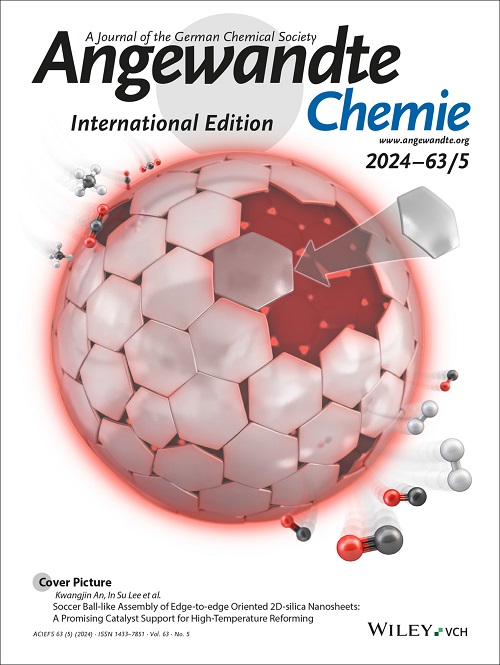Integrating Ambient Ionization Mass Spectrometry Imaging and Spatial Transcriptomics on the Same Cancer Tissues to Identify Gene‐Metabolite Correlations
IF 16.1
1区 化学
Q1 CHEMISTRY, MULTIDISCIPLINARY
引用次数: 0
Abstract
Innovations in spatial omics technologies applied to human tissues have led to breakthrough discoveries in various diseases, including cancer. Two of these approaches ‐ spatial transcriptomics and spatial metabolomics ‐ have blossomed independently, fueled by technologies such as spatial transcriptomics (ST) and mass spectrometry imaging (MSI). While powerful, these technologies only offer insights into the spatial distributions of restricted classes of molecules and have not yet been integrated to provide more holistic insights into biological questions. These techniques can be performed on adjacent serial sections from the same sample, but section‐to‐section variability can convolute data integration. We present a novel method combining desorption electrospray ionization mass spectrometry imaging (DESI‐MSI) spatial metabolomics and Visium spatial transcriptomics on the same tissue sections. We show that RNA quality is maintained after performing DESI‐MSI on a tissue and that ST data is unperturbed following DESI‐MSI. We demonstrate this workflow on human breast and lung cancer tissues and identify novel correlations between metabolites and RNA transcripts in cancer specific regions.求助全文
约1分钟内获得全文
求助全文
来源期刊
CiteScore
26.60
自引率
6.60%
发文量
3549
审稿时长
1.5 months
期刊介绍:
Angewandte Chemie, a journal of the German Chemical Society (GDCh), maintains a leading position among scholarly journals in general chemistry with an impressive Impact Factor of 16.6 (2022 Journal Citation Reports, Clarivate, 2023). Published weekly in a reader-friendly format, it features new articles almost every day. Established in 1887, Angewandte Chemie is a prominent chemistry journal, offering a dynamic blend of Review-type articles, Highlights, Communications, and Research Articles on a weekly basis, making it unique in the field.

 求助内容:
求助内容: 应助结果提醒方式:
应助结果提醒方式:


